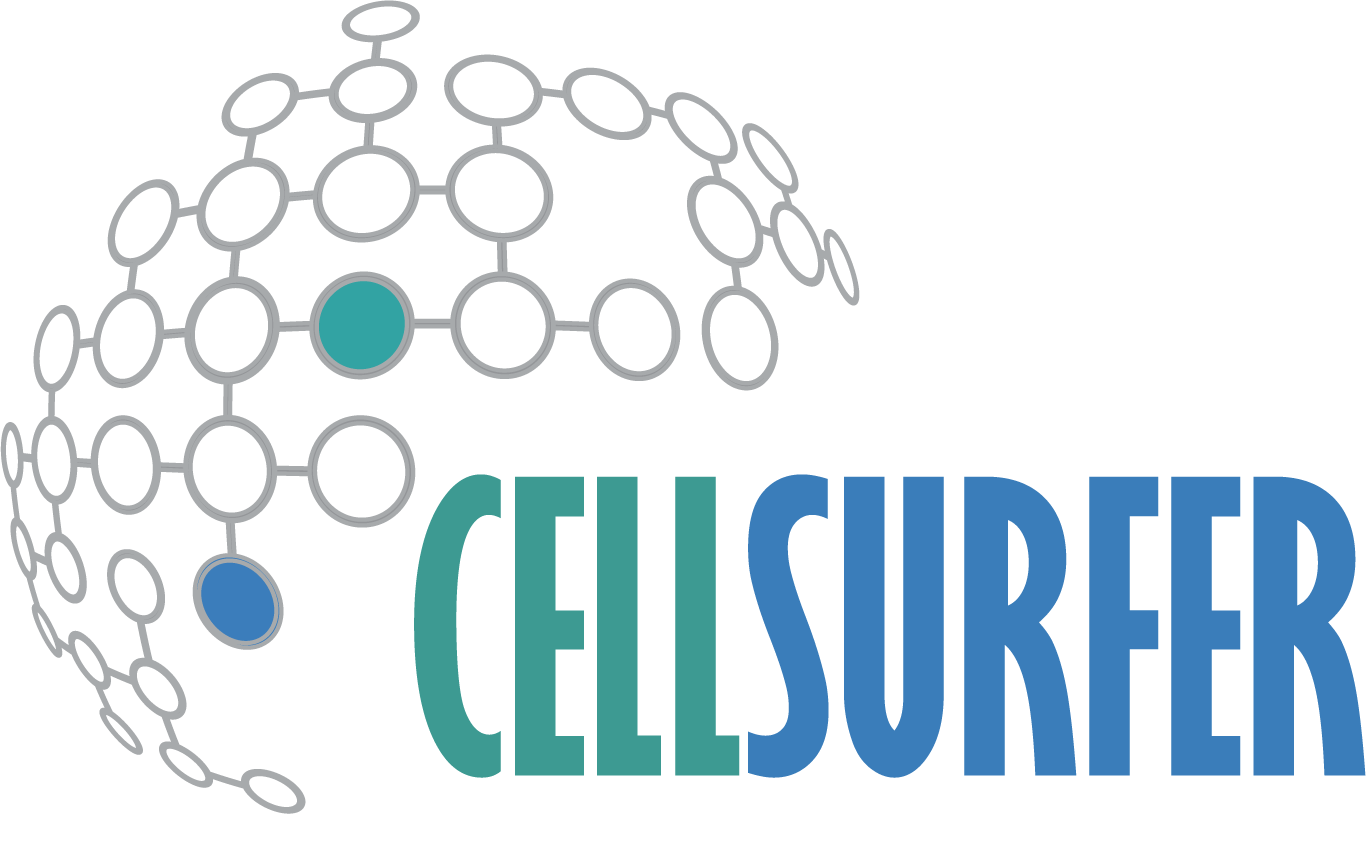SP2 for Peptide Cleanup
SP2 can especially benefit core or shared resource facilities where unknown or unexpected contaminants may be particularly problematic.
Lead Developer: Matthew Waas
Peptide cleanup is essential for the removal of contaminating substances that may be introduced during sample preparation steps in bottom-up proteomic workflows. Recent studies have described benefits of carboxylate-modified paramagnetic particles over traditional reversed-phase methods for detergent and polymer removal, but challenges with reproducibility have limited the widespread implementation of this approach among laboratories. To overcome these challenges, the current study systematically evaluated key experimental parameters regarding the use of carboxylate-modified paramagnetic particles and determined those that are critical for maximum performance and peptide recovery and those for which the protocol is tolerant to deviation. These results supported the development of a detailed, easy-to-use standard operating protocol, termed SP2, which can be applied to remove detergents and polymers from peptide samples while concentrating the sample in solvent that is directly compatible with typical LC-MS workflows. SP2 can be applied to phosphopeptides and glycopeptides, and the approach is compatible with robotic liquid handling for automated sample processing.
Reference:
SP2 - Detailed Protocols & Instrument Files
To promote rigor and reproduciblity among laboratories, our detailed Standard Operating Protocols (SOPs) are freely available for download. These include SOPs for manual and automated processing. To facilitate implementation, the instrument method files we use for automating SP2 cleanup on the epMotion 5073m liquid handling workstation are also available for download.
Click on a method description to download the file. For epMotion methods, we provide the .DWS file and an accompanying PDF file that shows the instrument configuration with layout for plates, pipettes, reservoirs, etc.
Download the electronic files for the epMotion by clicking on the links below:
(Run files A-B-C consecutively for a full SP2 protocol)
Application A
Application B
Application C
epMotion Stage Setup - Image

